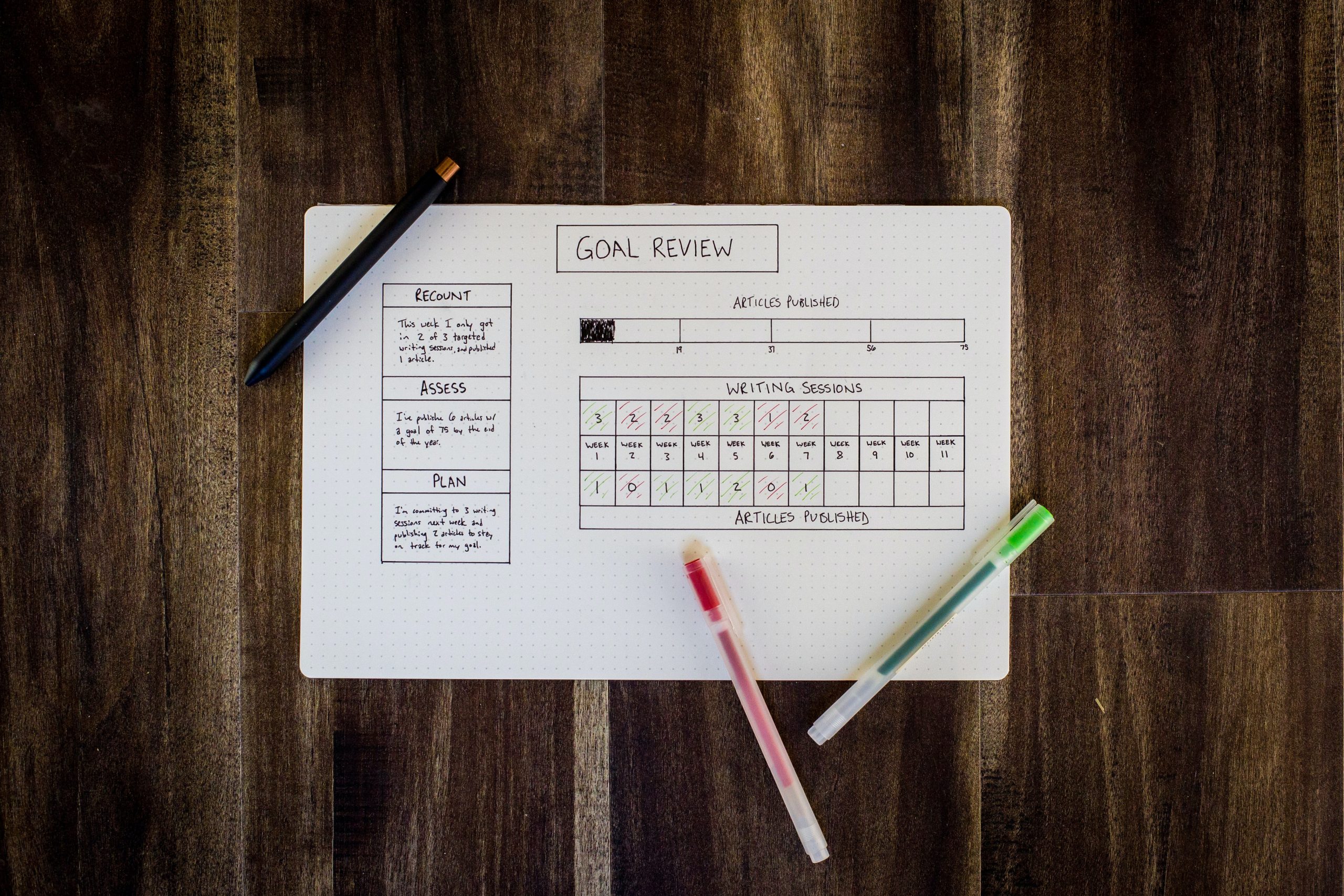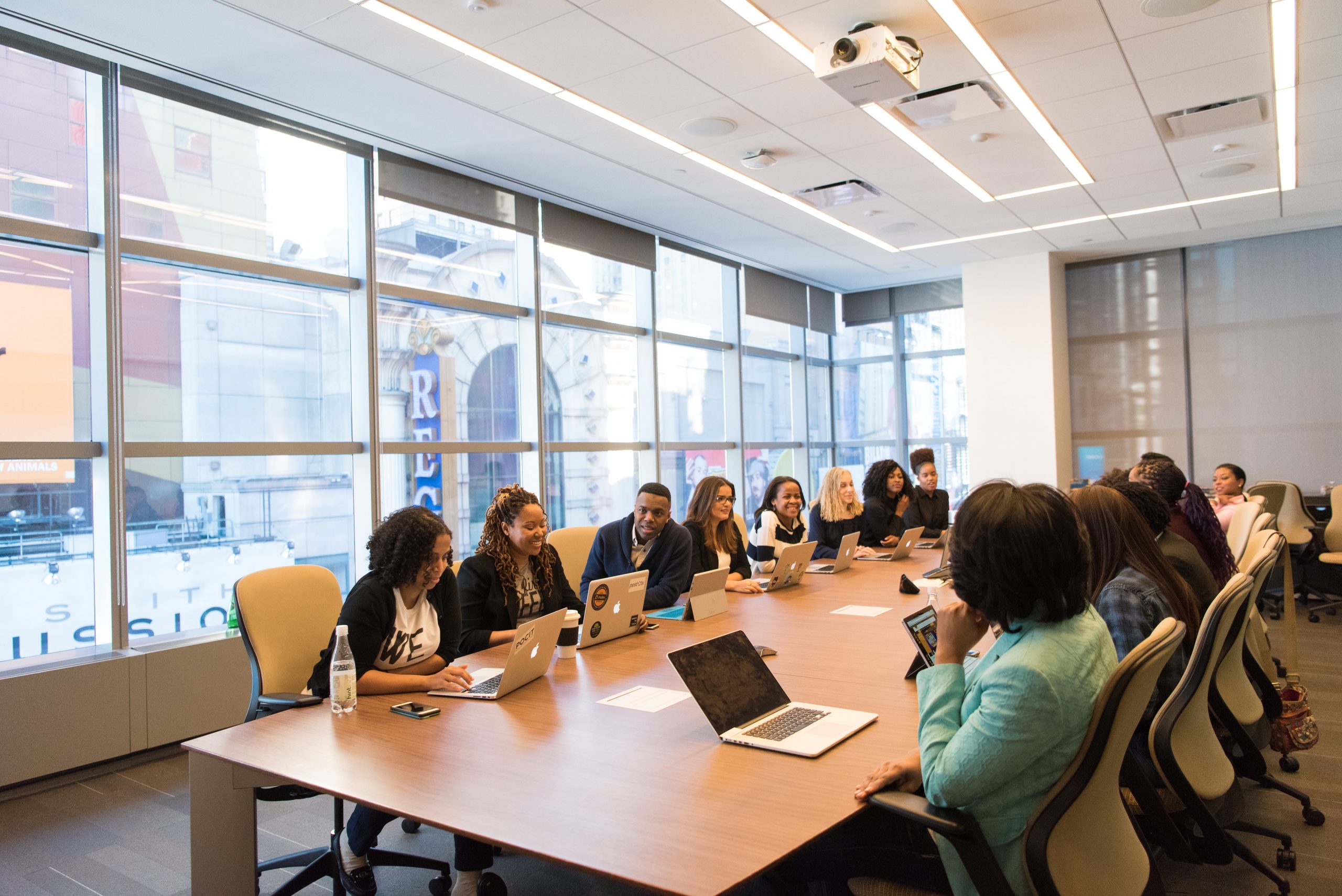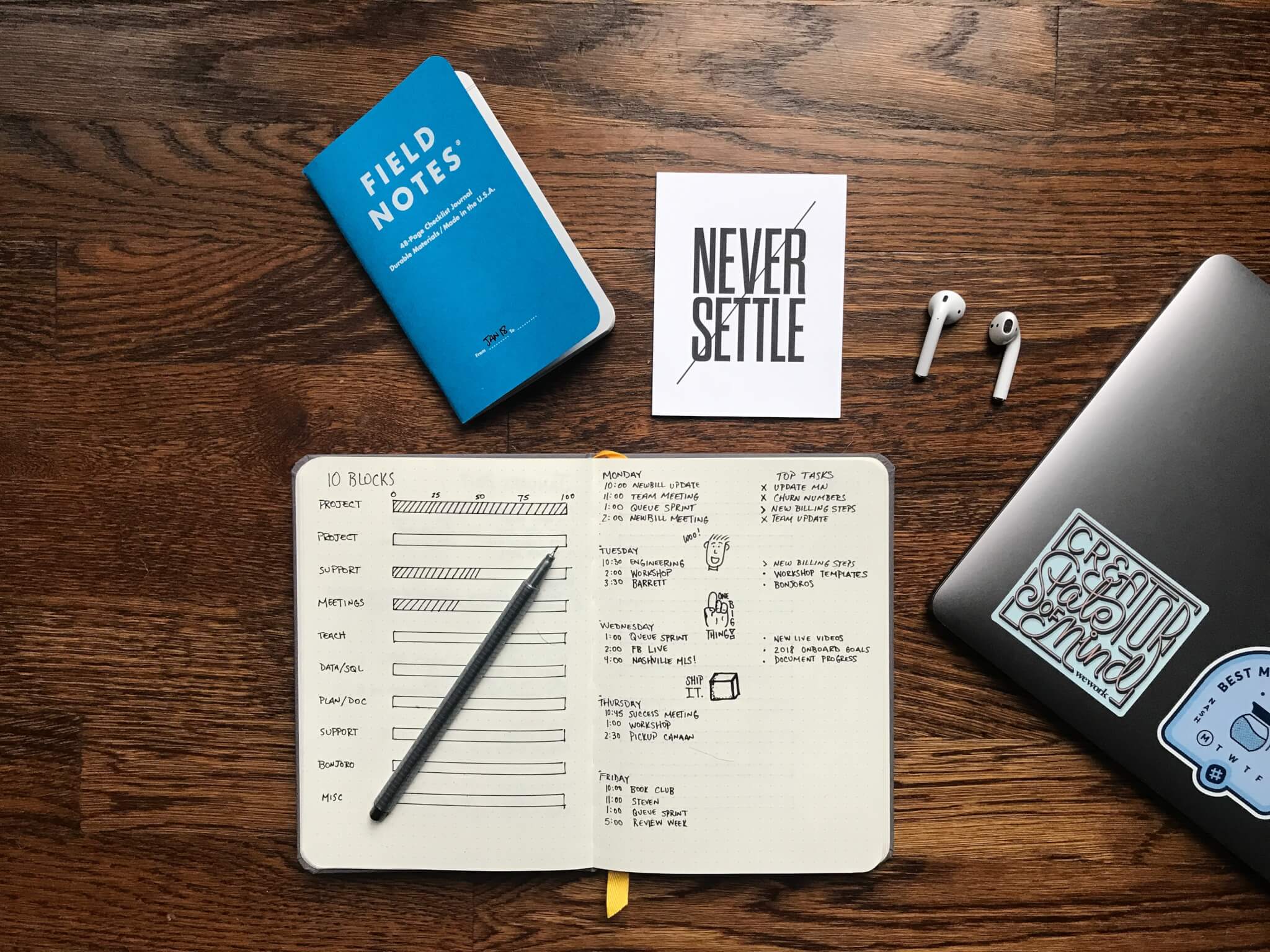Most of our meetings used to be “work pageants.”
First: the parade of PowerPoint slides. Then: the endless report-outs and updates, which spawned conversations, which plummeted down rabbit holes. We debated and deliberated. Rather than make decisions, we sought one more data point, one more best practice, one more stakeholder to query.
Supporting these pageants became a job in itself: circulating agendas, creating slide decks, and distributing reports. Officers called pre-meeting meetings, where they received briefings about upcoming meetings. Officers who missed meetings called post-meeting meetings, where they received briefings about meetings they missed.
We were very busy being busy.
We spent hours of our lives this way.
Now — not always, but more often than not — we meet for the purpose of getting work done.
We use steering meeting structures — a quick check-in question, rapid updates (“What’s changed? What’s next?”) on projects, and a needs-based agenda for resolving needs and unblocking work. As a result, our meetings have gone from passive pageants to productive powerhouses.
We build kanban-stye meeting boards in Asana, where cards represent anything from a simple need to an entire project. At the start of each meeting, we sit in silence for a minute or two while everyone updates the board.
Because no one ever reads pre-meeting materials, we shift work-related reading to the meeting itself. At the appointed time, someone starts a timer, and we read or watch or listen in silence, right there together.
We bring the power of this quiet, shared focus to bear in meeting after meeting: in our brainstorms, in our reviews of past projects, in our planning sessions. The session goes silent, but the air crackles with creative intent.
When we are talking, our discussion is structured … and live-scribed in Microsoft Teams or Slack. No circulating minutes for us; instead, because we work collaboratively and transparently, everybody who needs a briefing can go see our progress (in Asana, in Slack) for themselves.
In the past, our meetings looked like bad stock photos of corporate meetings: a room packed with grinning professionals, gesturing at each other, pointing at projected charts, and passing each other printed reports.
Now, we limit updates to 60 seconds or so per project. We bring our needs and get them met. We reserve quiet time for planning, reading, and studying. We talk about things that matter.
We are not as entertaining to watch, perhaps, as the models in those stock photos … but we get more real work done.
Photo by Christina @ wocintechchat.com on Unsplash







